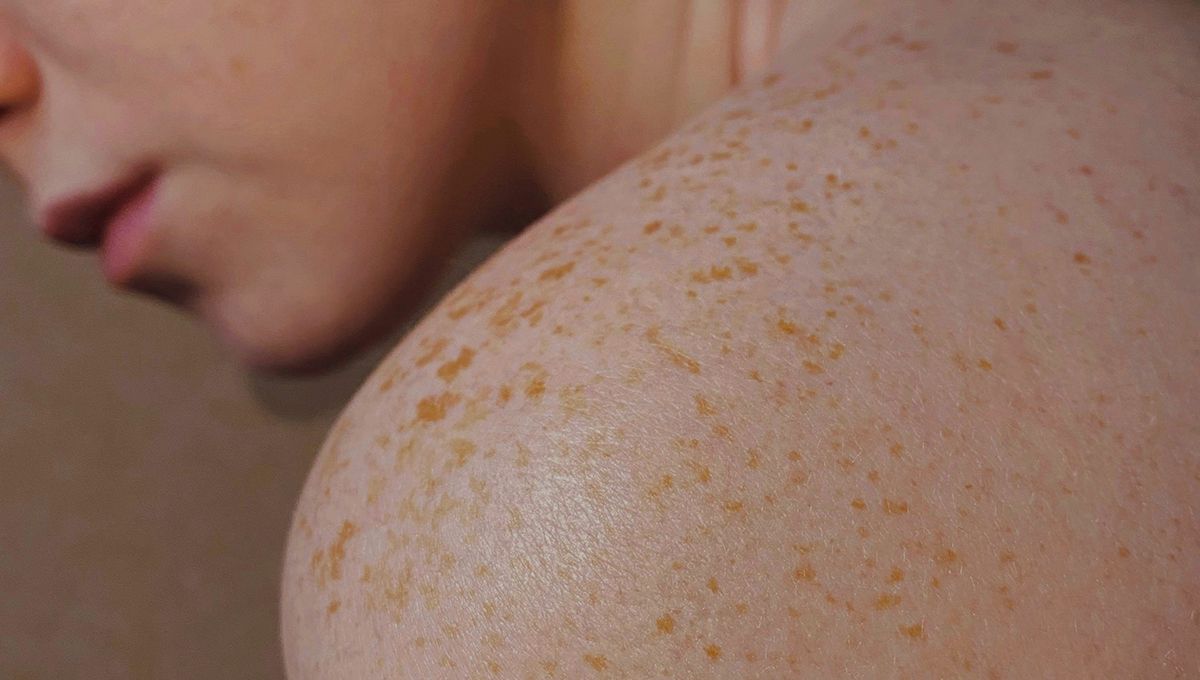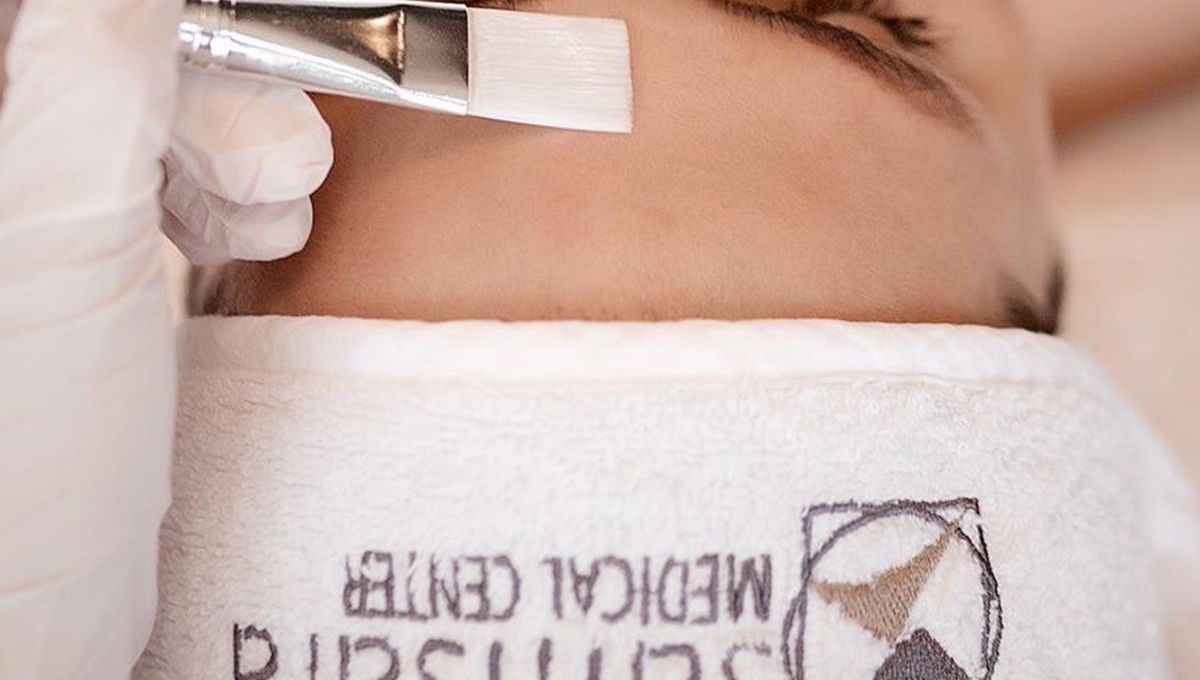
Differences between botulinum toxin and hyaluronic acid
There are very different facial rejuvenation treatments, so the right choice depends on the doctor's assessment, always taking into account the patient's goals.
For a better understanding of this, it is important to know the difference between botulinum toxin and hyaluronic acid.
Let's find out below how they work and what the differences are.
How does Botulinum Toxin work?
This treatment consists of the application of botulinum toxin type A. Botulinum toxin is commonly called Botox because it bears the name of the first brand that authorised its use for aesthetic purposes. Botulinum toxin is the same as that produced by the bacterium Clostridium botulinum. However, the industrialised version is purified and used at low doses that pose no risk to patients. The treatment is indicated to soften and prevent facial expression lines, which are those that occur as a result of natural facial expressions, such as when smiling or frowning. Botulinum toxin acts on muscle contraction and thus on the formation of wrinkles caused by the treated muscle. The effect can be partial or total, depending on the amount of drug used. This is why the experience of the professional carrying out the treatment is essential to guarantee the required results.
How does hyaluronic acid work?
Hyaluronic acid is a naturally occurring substance in our bodies, but its production is progressively reduced after the age of 30, as is the case with collagen. The highest concentration of hyaluronic acid is found in the skin, where it contributes to maintaining hydration and a youthful appearance. As its production decreases, the skin progressively loses tone and appears more dehydrated.
Hyaluronic acid injections can have two functions:
- Filler effect
- Moisturising and improving the appearance of the skin (biorevititalisation)
The former are usually performed every 6-12 months depending on the volume required and the area of the face treated.
By contrast, biorevititalisation has no filling effect on wrinkles but is carried out more frequently (every 2-4 weeks on average) in order to stimulate cell regeneration. The effects of biorevititalisation are all the more noticeable the more constant its use.
What is the difference between botulinum toxin and hyaluronic acid?
The main difference lies in their function. The former is recommended for smoothing expression lines while the latter for smoothing furrows and loss of tone on the face.
Another difference is the way the substances act in the body. The toxin acts on the muscle while hyaluronic acids attract water molecules to the treated area, improving tissue firmness.
Why are the two treatments often confused?
The treatments are often confused because of certain similarities, such as:
Function
Although with different recommendations, both treatments are indicated to mitigate the signs of ageing
Treatment Technique
Both are performed by a doctor using a needle for subcutaneous application;
Temporary effect
This is why both hyaluronic acid and botulinum toxin require periodic applications to maintain results.
Knowing the difference between these two procedures is essential to understanding why the doctor recommends one, the other or both.
At the Samsara Medical Centre in Lugano we carry out both treatments, botox and fillers, with different applications compared to the traditional ones, with the fixed objective of always obtaining natural results.









